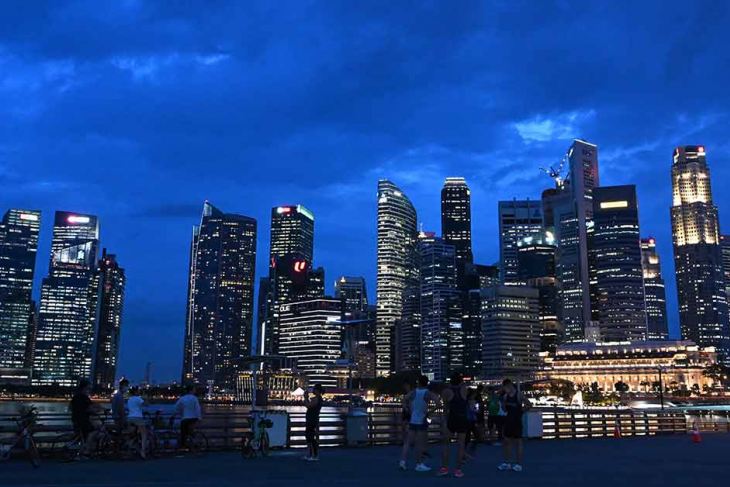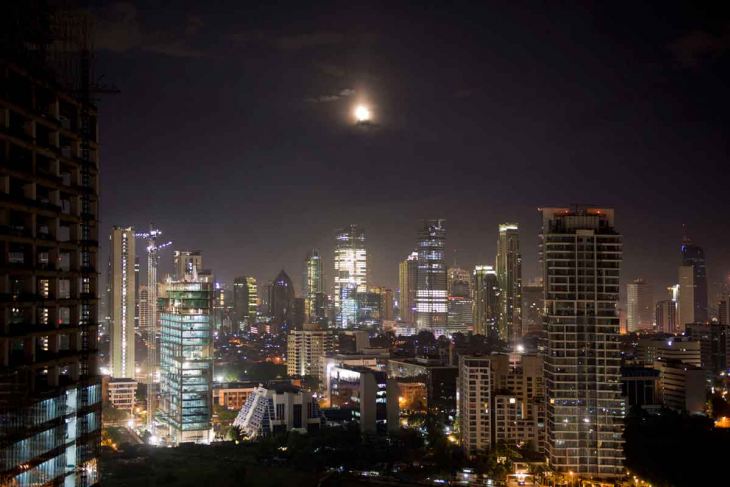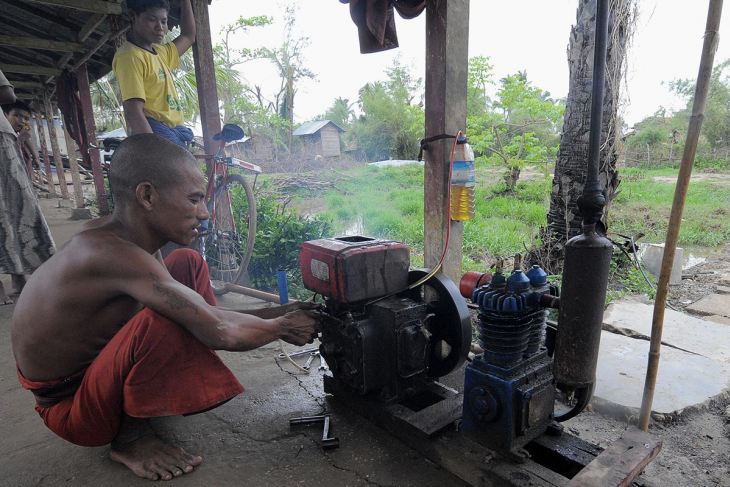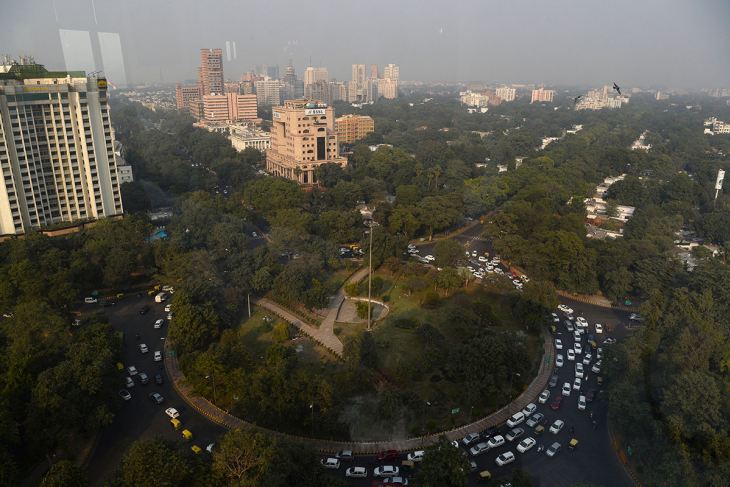Saving ASEAN’s Megacities
As megacities emerge across the globe, the ones in Asia remain among the fastest growing and cheapest places to build. These cities will continue to grow in size and affluence, due to ever-increasing urban populations. The United Nations (UN) describes megacities as urban areas with a population of 10 million or more. If urban populations continue to swell at their current rate, the number of megacities in the world could increase to 43 by 2030.




